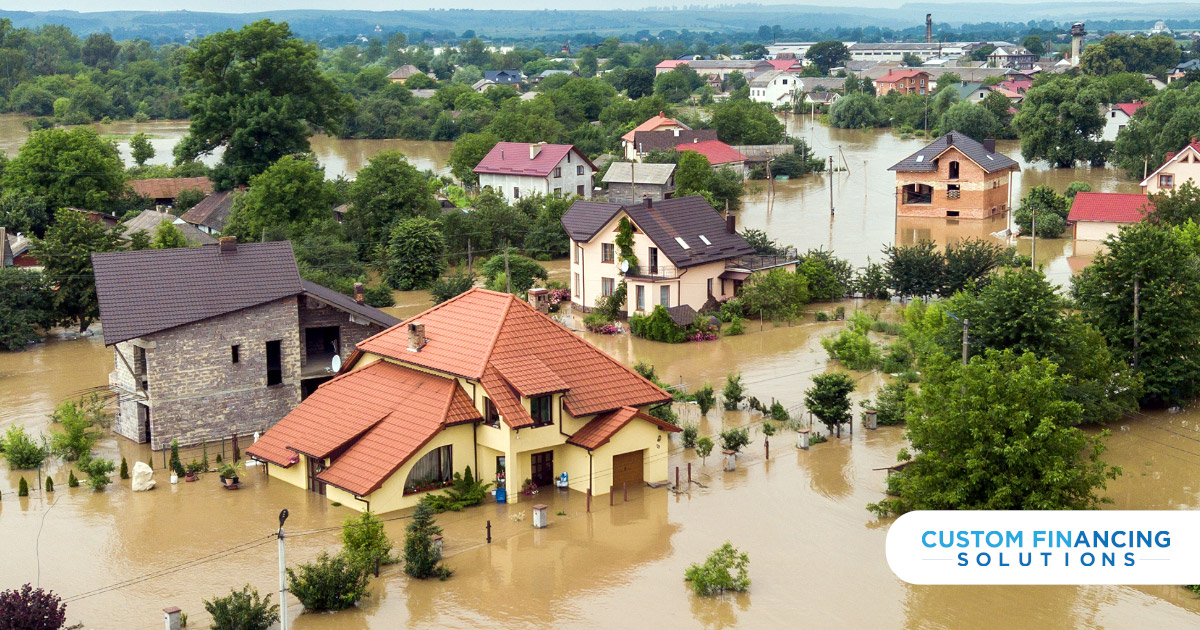Floods are one of the major natural calamities. Apart from the people, these destroy the houses. Light floods push water into the house damaging everything in sight while heavy ones can bring the entire house to the ground.
After contacting their insurance companies, homeowners turn to contractors for help. Here are the steps to restore a house after a flood has hit it.

Safe Working Conditions
Excess water is a natural enemy to most of the things in a house. Before you start anything, you need to ensure safe working conditions for you and your team.
The power and water supply must be switched off to avoid further damage to the house. Proceed to manually check the electric appliances. Any residual water will react with the current, increasing its potency to give a shock. The condition of the house also helps to determine if the occupants will continue to live there while you work or not. A house with major damage is unfit for anyone to live in. For this scenario, the owners would have to temporarily move out.
Cleaning The House
Assess the water damage to the house. The basement would be the worst affected, followed by the ground floor and any subsequent floors.
Start by clearing the water from the house. You can use a pump to drive out excess water. The next step is to clean the house of debris. These can be damaged items and harmful objects. It can even be the debris of other houses that floated into this area via the water. Alongside that, transfer all the damp materials from the house to the outside. Let them dry naturally or use a hot air blower.
Drying The House
After cleaning the house to an extent, you will be left with a damp area to work with. Look for areas that might have water trapped in them.
You can drill holes in the ceiling and walls if there is trapped water to free it. One of the most affected parts will be the flooring. Check for water residue beneath it and clear it. Remove all the linings and reinstall them after the house is dry again. There should be nothing in the house that raises the moisture level inside. Open the doors and windows while you work (if the atmosphere outside is dry). Use fans and heaters while making sure that you do not heat the house too much.
Repairs & Replacements
Now that the house is clean and dried up, you can investigate it further. Make a list of damages and suggest repairs for the ones that are possible.
If the flood had a major impact, few things will be salvageable. Advise your customers to consider replacing most of the elements, even if it is the costlier option. This prevents any future complications for the owners. After getting approval, demolish parts of the house that cannot be saved and work on the repairs.
Knowing how to deal with the situation after a major crisis is what will turn you into a top general contractor.
The expenses could be too much for your customers. So we at CustomFin provide easy payment options so that you can use this to close more deals.
Get started now and grow your business.









